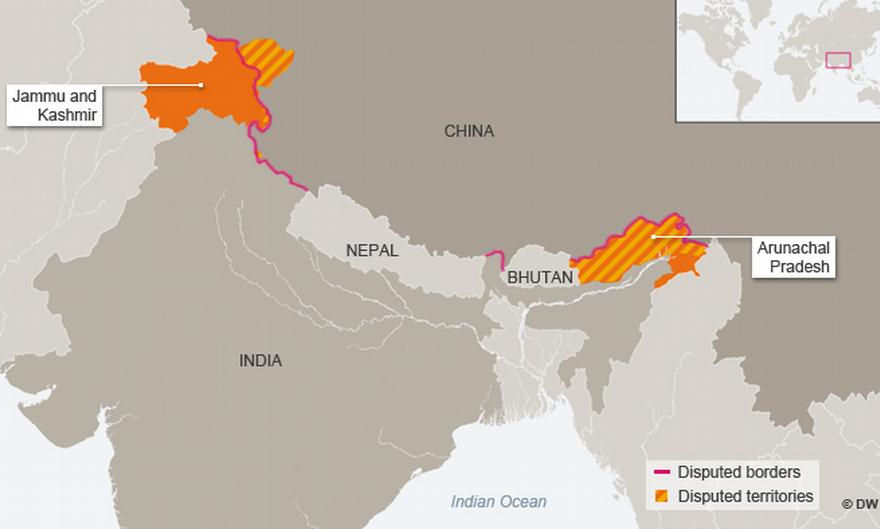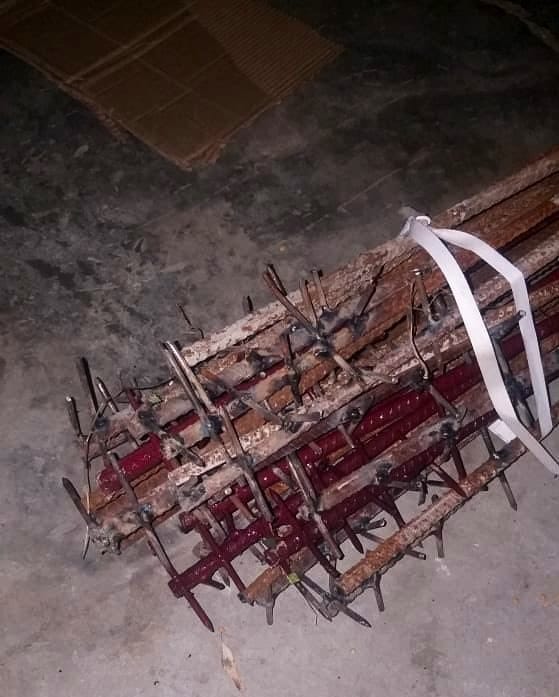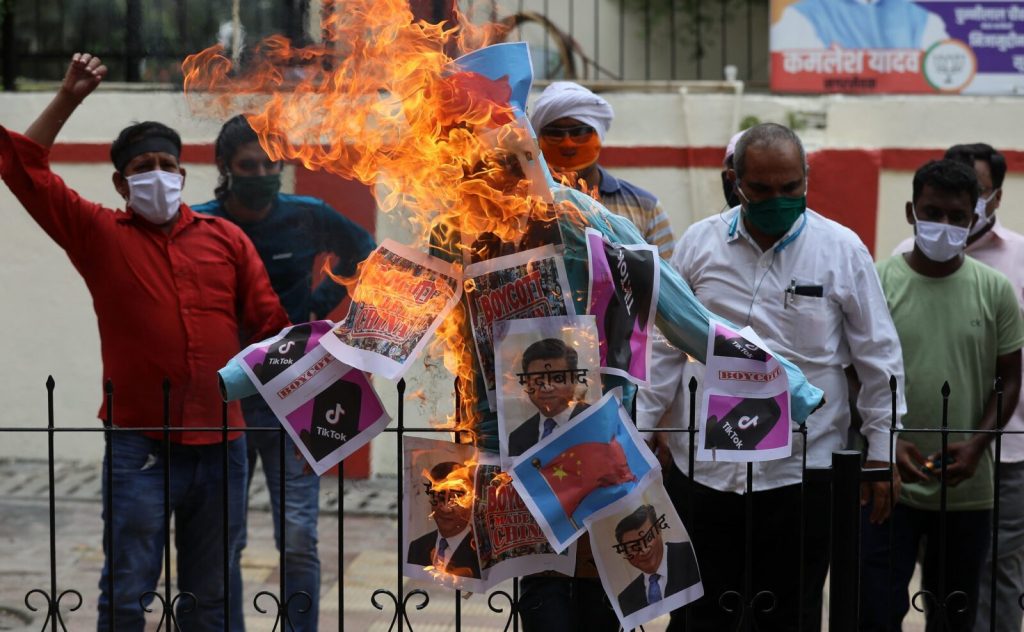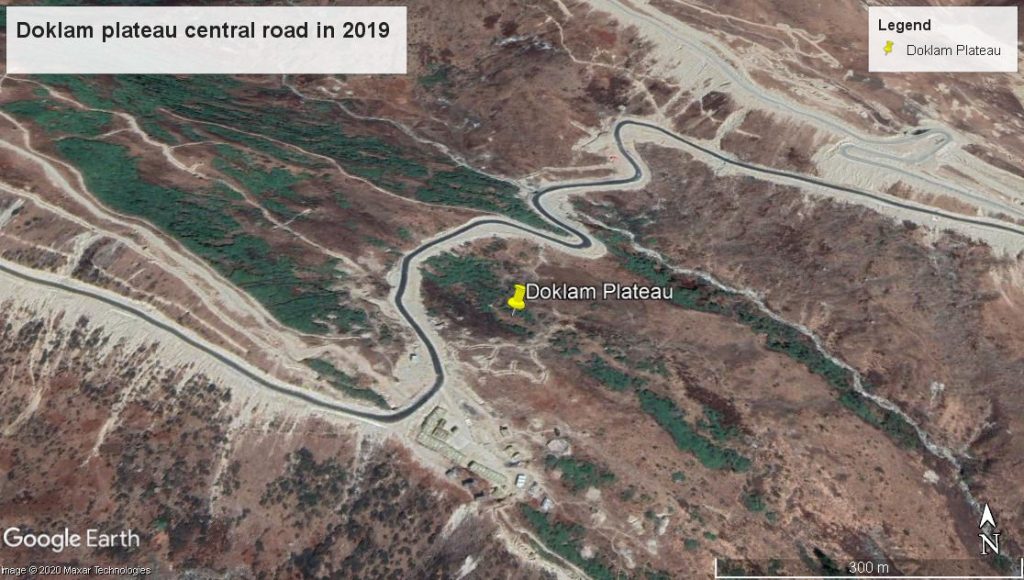The high risk for conflicted China and India to have a full-fledged armed conflict will force New Delhi to look for external allies in order to balance forces in the region. Following aggravation of the situation in the province of Ladakh where 20 Indian military officers were killed on June, 16, third forces will seize an opportunity to strengthen their positions. Indian intercepts reveal that Chinese side suffered 43 casualties including dead and seriously injured in face-off in the Galwan valley, says ANI quoting sources.
The line of actual control between China and India is not neatly-demarcated; however, the presence of rivers, lakes and snow peaks on the territory means that the geographical location line may change. From time to time military units who patrol and guard the border define the borderline by themselves that the opposite side takes as frontier violation.

The agreements of 1996 and 2005 prohibit firearms at the border. Thus, during the conflict Chinese soldiers used clubs embedded with nails and fought hand-to-hand that resulted in an increase of the number of losses.

In May 2020 the situation in the region started aggravating in the remote highland region of the Karakoram Mountains that separates the southern Indian region of Ladakh from the Aksai Chin desert, the territory that New Delhi claims but is administered by Beijing.
At that period of time India and China deployed several thousand soldiers at the border region. In turn, Delhi recalled its position saying that China had occupied 35 thousand square miles of Indian territory in the region.
From May to June, 2020 the Chinese troops seized about 40 square miles of Indian territory, including an area known as the Galwan River valley. This operation allowed China to take a strategic position that made possible to control the key Darbuk-Shyok-Daulat Beg Oldi road leading to Aksai Chin and Karakoram Pass, and, if necessary, cut the supply routes of the Indian army.
Following the negotiations hold on June 6, the parties agreed to settle the situation peacefully, and troops on both sides started leaving their positions gradually.
The territorial dispute is traced into colonial times when the delimitation process between the countries began after Britain had left India and China had seized Tibet. The Sino-Indian border dispute involves about 13, 500 square miles in Ladakh and Aksai Chin and about 35,000 square miles in the northeastern Indian state of Arunachal Pradesh.
However, the Ladakh incident gives both sides grounds to maintain a military presence giving and idea that the incident might have been planned.
The latest significant clash between the Indian and Chinese military in the region was in 2017. The Chinese workers tried to pave the way to the Doklam plateau by violating the borders of India and Bhutan. As a result, the Indian military forced them out of the territory.
China has built a network of roads and tracks on its side of the Line of Actual Control, but the Chinese military has consistently objected to India’s far slower but steady improvement of borderland infrastructure. Thus, both sides maintain contentious relationship that shows continued territorial dispute and unacceptability of the parties to make compromise decisions.
In August 2019, Indian Prime Minister Narendra Modi introduced the aggressive nationalist party ‘New India’ that was negatively taken in Beijing. At the same time, the Indian government unilaterally abolished the semi-independent status of the northern state of Jammu and Kashmir, claimed by China and Pakistan.
In addition, India’s home minister Amit Shah, insisted in the Indian Parliament that both Pakistani-controlled Kashmir and Chinese-controlled Aksai Chin belonged to India. Thus, in the context of the events of 2019, New Delhi significantly contributed to the escalation of the situation in the region.
The Ladakh incident has caused spreading of anti-Chinese sentiment in India. Moreover, it makes additional problems for Narendra Modi’s government who is struggling to get through consequences of the coronavirus pandemic and trying to prevent economic recession.
There is a possibility that the clear provocations on the part of India could help consolidate the Indian elites around Modi’s government and level out the negative state of economy and health system failures. However, domestic political bonuses are the only ones that Modi can benefit from it.

Controversies between India and China will strengthen Pakistan’s position in Kashmir. Pakistan considers China as one of its closest friends and partners and China considers Pakistan as its ‘Iron Brother’. Thus, the situation in Ladakh can signalize Pakistan to take more decisive action regarding Kashmir.
Modi’s government imaged as decisive and militaristic found itself in a difficult position when it has to demonstrate decisiveness but not provoke the outbreak of war with China. Apparently, the best option for Modi is to continue assuring Indian people that in the clash China has lost much more than India.

2017 
2019
Amid tensions between India and China, and India and Pakistan as well as, New Delhi will have to look for an ally that will side with it in the current situation. The United States or Russia could become such an ally. In the case of choosing Moscow, the Kremlin will have to make a difficult choice since supporting India will mean deterioration in relations with China that Moscow cannot allow happen. Under this scenario the Kremlin is likely to take a mediating position in the conflict settlement. The United States is the most likely option as New Delhi’s ally. However, in this case, China gets an advantage as it can continue the geopolitical confrontation with Washington not directly but through India, and preserve and strengthen its influence in the region. The USA as India’s ally will be taken in Beijing as an anti-Chinese move of Modi’s government and will hit New Delhi positions in the region. Since China is unlikely to make concessions and leave occupied territories in the current confrontation, India will likely turn to the United States for the support.




